If you’re on time, you’re late. First rule of trend prediction.
So how do you stay ahead? Where the dollars flow, the intel grows, so the story goes…
We all have that friend (or foe), a relative, or S/O who is inexplicably, effortlessly, unquestionably, and often annoyingly ahead of the trend. The one who was Pelotoning in 2015 and wearing Salomons (to go hiking!), shooting on film long before Kendall’s Contax moment, rocking cowboy boots before…the tech bros?, unironically sporting Patagonia fleece when it was…unironic, spritzing Santal 33 in 2014 when everyone else smelled like Sephora rollerballs (but now can’t look at smell Le Labo without wincing at its devolution into scent clouds in WeWork lobbies).
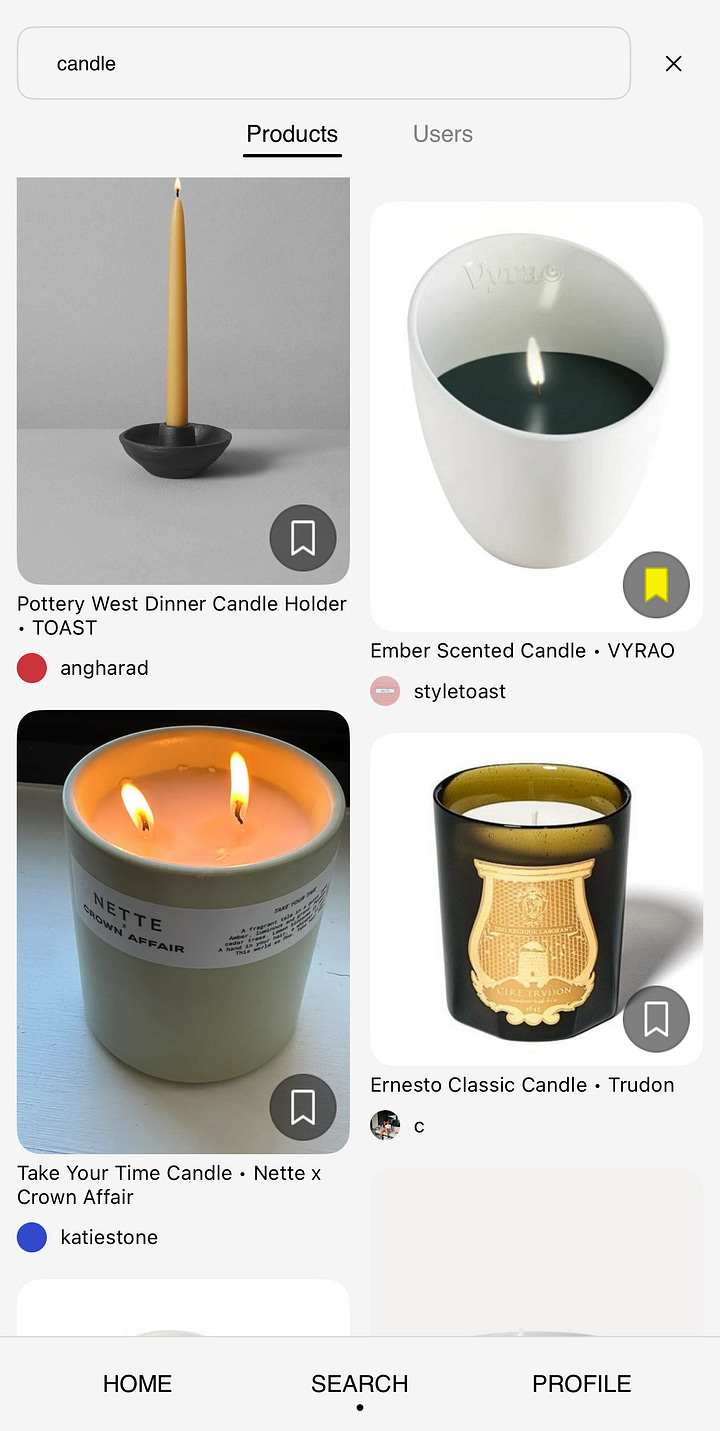

On the Selleb app, you get to see what such trendsetters described above are buying before they post, brag, or broadcast it anywhere else.
Before we spill the tea on our approach to predicting trends at Selleb—NOT by triangulating vibes, anecdotes, and social media but by tapping into real, ground-truth data—let’s start with the prevailing wisdom on how trends *supposedly* form.
Marketing 101: How do trends start?
One narrative: Trends bubble up organically from creative communities, get discovered by tastemakers, and then gradually diffuse to the mainstream—a tidy, linear progression of bottom-up theory. Another narrative: It’s more top-down, with the gatekeepers at the top of industry pyramids—Big [insert industry in cap here]) implanting ideas into the consumer consciousness with a crooked grin. Or, maybe what the heck, none of the above: Trends are just retroactive, post-hoc rationalizations based on lagging indicators that analysts conveniently reference to label often unrelated movements after the fact for the sake of planting a flag. And they are perfectly content reinforcing their narrative with mean-reverting vocabulary of -core, -pill, -coded (while the real pulse of culture beats on…unlabeled, unarchived, and mostly unnoticed!!).
So which one is it?
Probably a mix. Bad answer, fine, so we’ll say what we really think, which is that every trend probably contains a half-life of originality that began with a single decision of someone—for lack of a better word—cool. A niche preference. A low-signal flicker in the dark. Behind every look, style, or hashtag that is established, there’s a culturally sensitive (often low-key) person who silently asserts: I want this. And then another. And another. And so on and so on. Call it the pre-categorical choice, a product of impulse (or intent) mixed with repetition, which when taken together is, categorically, the most powerful cultural signal.
At which point, eventually yes, by osmosis/diffusion, it gets noticed, categorized, memed, sold, replicated. The timeline between those two states, from originality to ubiquity, has obviously compressed at an insane rate, and what once took months can now happen in days, if not minutes.
The Selleb way
That’s where Selleb comes in. Culture is now a sprint, but we like to catch the moment before the starting pistol fires.
Most social platforms are about presentation—what people say they like, what they want you to think they’re doing. They chase the after-image. Selleb captures the before. The instinct. The offhand. The “I bought this bejeweled hat band from an artisanal New Mexican studio and didn’t tell anyone yet” moment.
How do we do this? Selleb looks where no one is looking, what we call “the overlooked frontier.” We are in the business of collecting and decoding unglamorous content that has traditionally been ignored: receipts. The rawest and the most honest inputs to unlock the real consumer graph. Selleb is for real people to share what they are actually purchasing. Not what they’re paid to promote, not what they post for engagement, not inferred behavior, but real, private, unfiltered consumption data.
And that’s where the signal is.
Because a purchase is a decision. A receipt is a timestamp. And when a critical mass of interesting people make the same decision, before it’s visible anywhere else, without coordination or incentive, that’s not arbitrary anecdotal evidence. That’s cold hard data.
How do we make sense of said data to predict trends before they happen?
High-level, we have a two-layer framework:
Purchase clustering
Cross-context drift
What does this mean in layman’s terms, you ask? Let’s break it down.
Even on a small scale, when three (unrelated) people independently buy the same obscure product in a short time frame, it goes beyond coincidence. It’s the red part of the heat map. We call this purchase clustering. We saw this happen with everything from duffle coats to red light therapy panels. The signal always precedes the noise. At this layer, an item doesn't necessarily require mass adoption or virality to be considered a trend. It's already a meaningful micro-trend within its adoptive community.
The real predictor of virality happens with layer #2, when a product crosses cultural boundaries and begins resonating with completely unrelated communities. We call this the cross-context drift. If a niche item beloved by shoegaze skincare emo boys suddenly shows up in the carts of hardcore mountain bikers, to be then picked up by Pasadena almond moms, then you can be pretty damn sure it’s about to explode into mainstream consciousness.
The winning formula for virality is when 1) initial purchase clustering meets 2) cross-context drift.
Do you need both layers to call a trend a trend? Not always. A product can be culturally meaningful, even trendy, within a single niche. However, layer #2 is what distinguishes niche fandom from explosive mainstream virality, the kind that lands on the front page of NYT Thursday Styles.
At Selleb, our strength lies in spotting niche power signals early and predicting (with some accuracy!) which products will transcend boundaries to become full-fledged household trends.
We don’t see receipts as vehicles for SKUs and dollar signs. We see them as confessions. Micro-memoirs. Faint pulses of preference, still uncorrupted by mass adoption and discourse.
So if you want to know what’s around the corner, don’t look at the trend reports or the influencer feeds.
Look at your receipts.
Better yet, look at someone else’s.
I’ll show you mine if you show me yours. Join the Selleb movement here.
Only on Selleb,



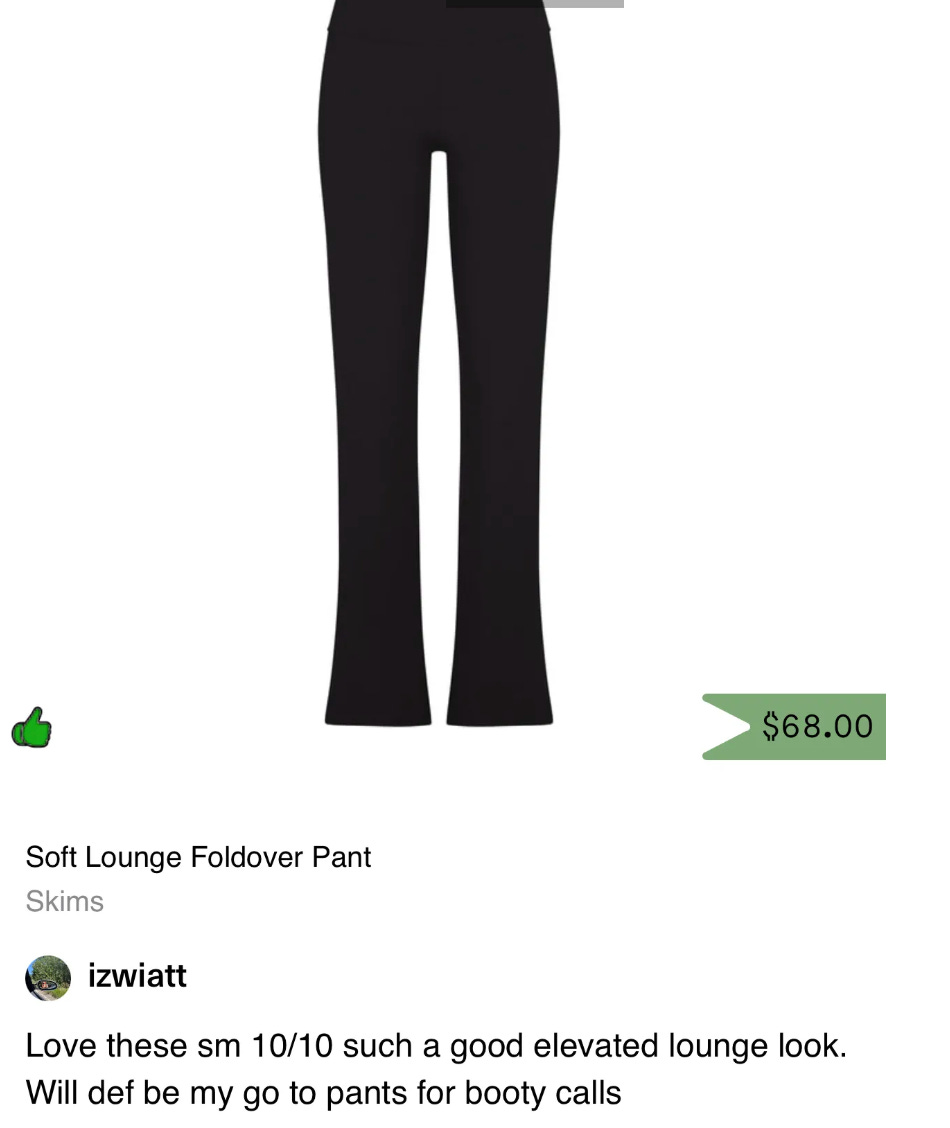
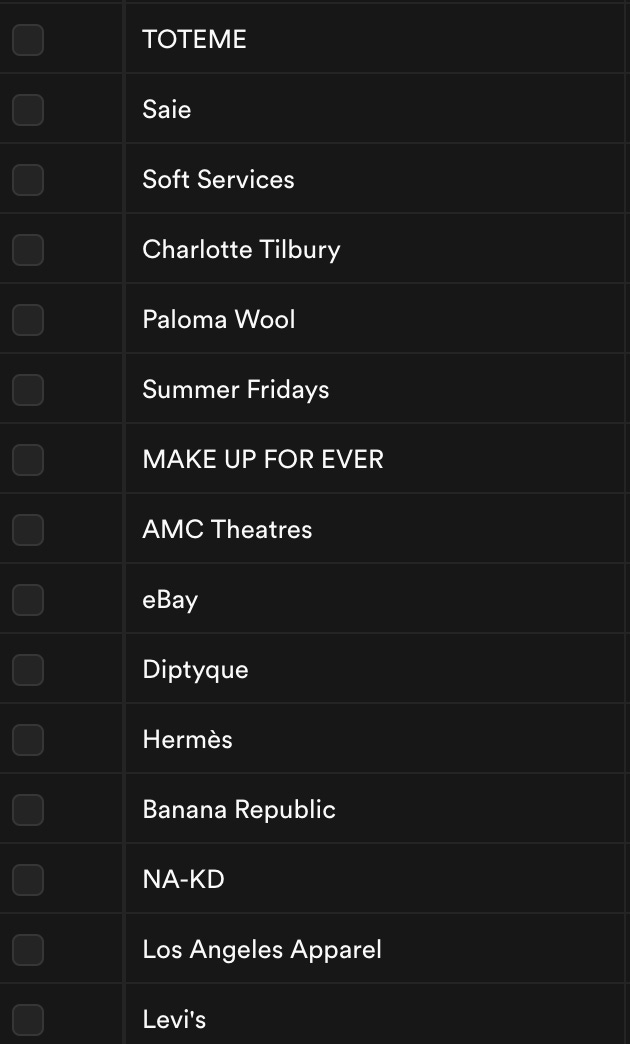
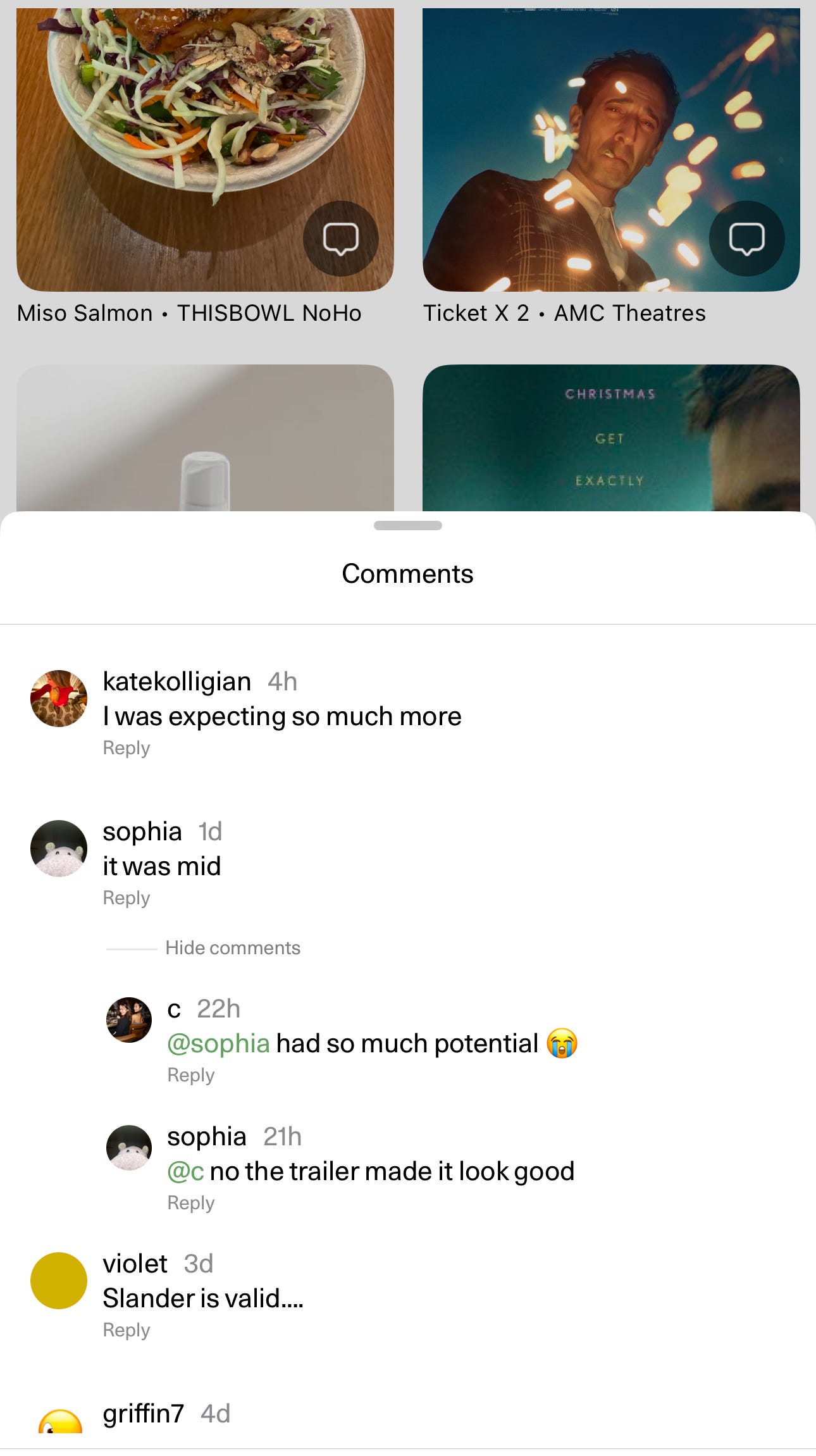
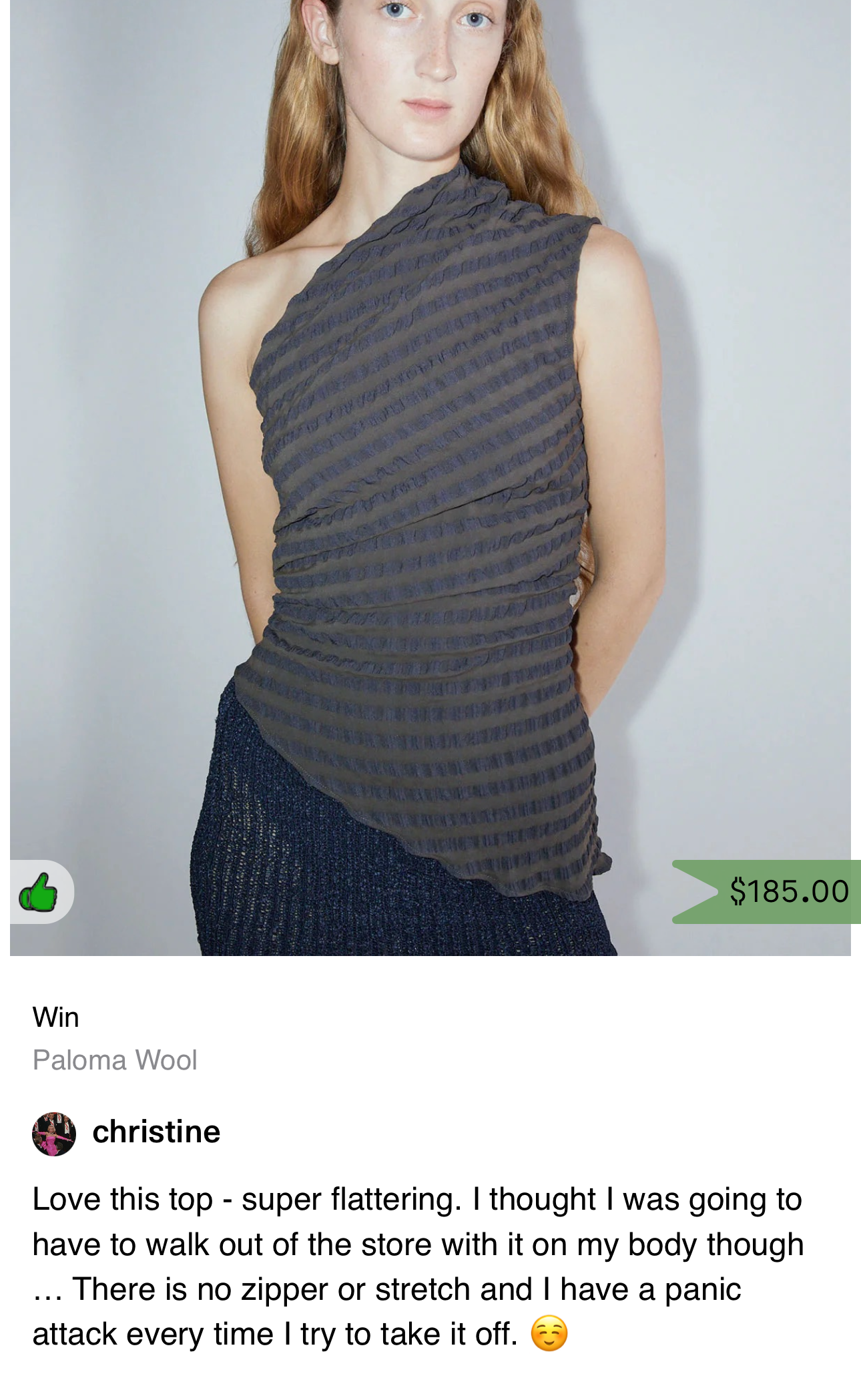
Been finding what you're doing both extremely charming and clinically fascinating. Nice work.